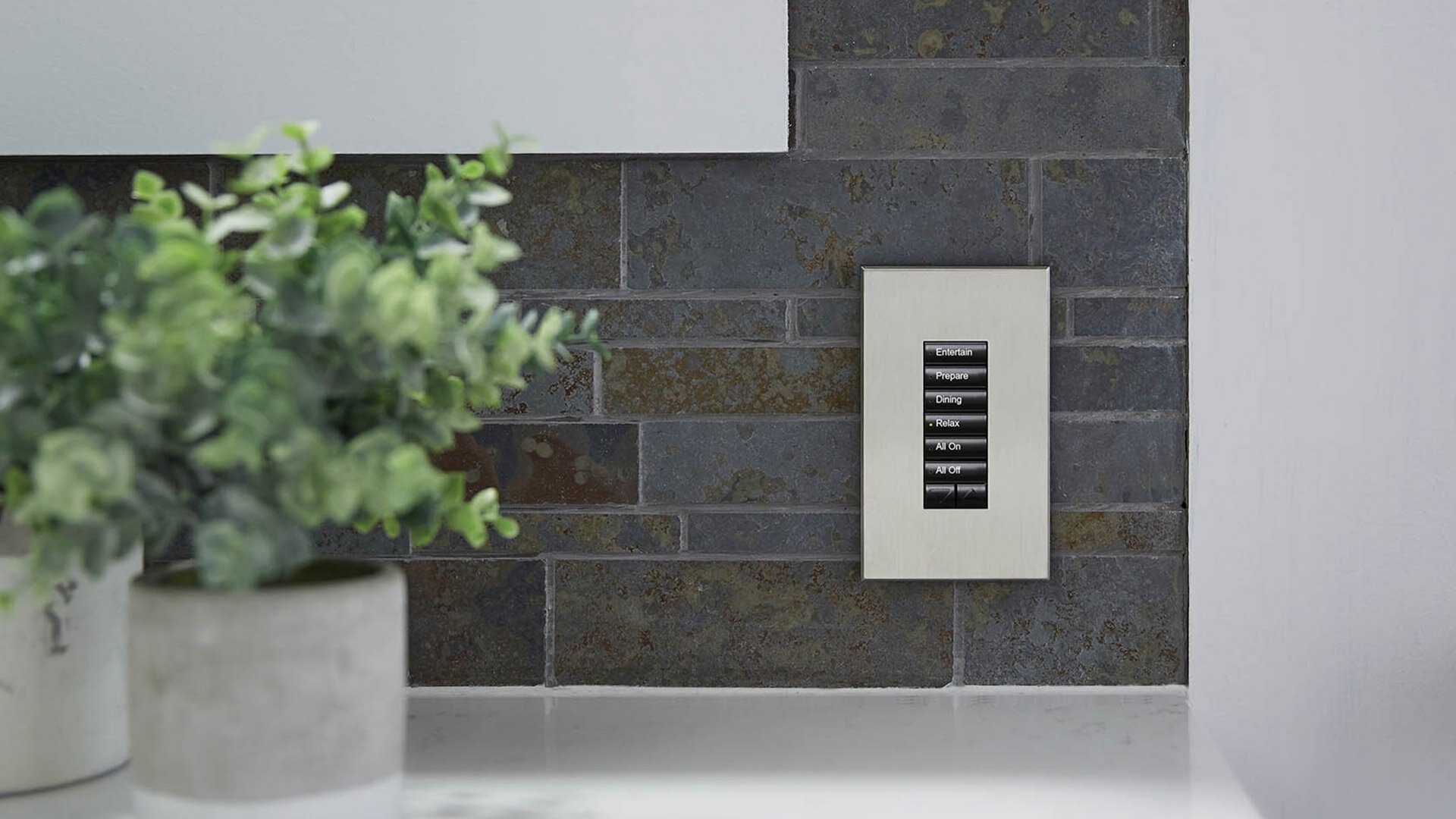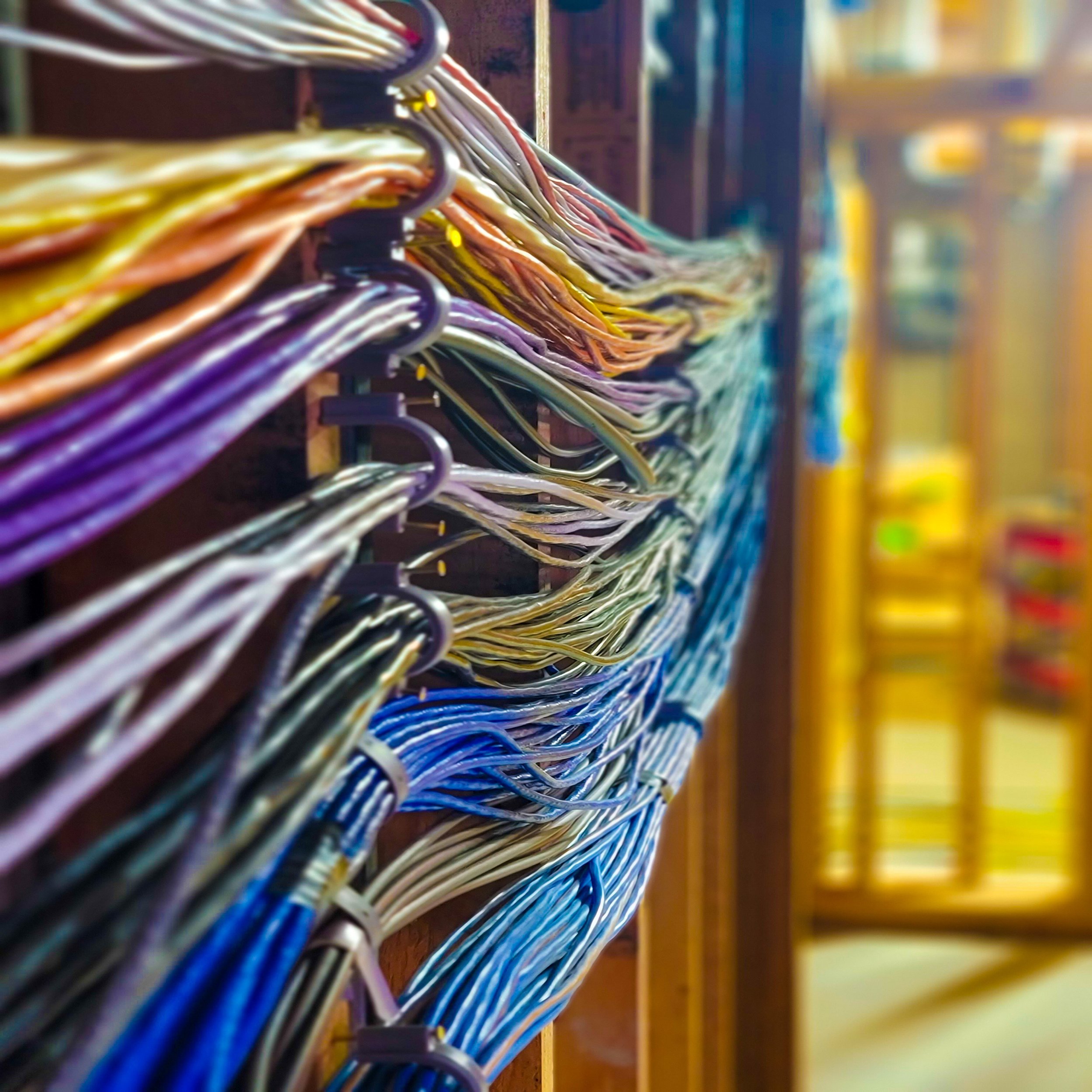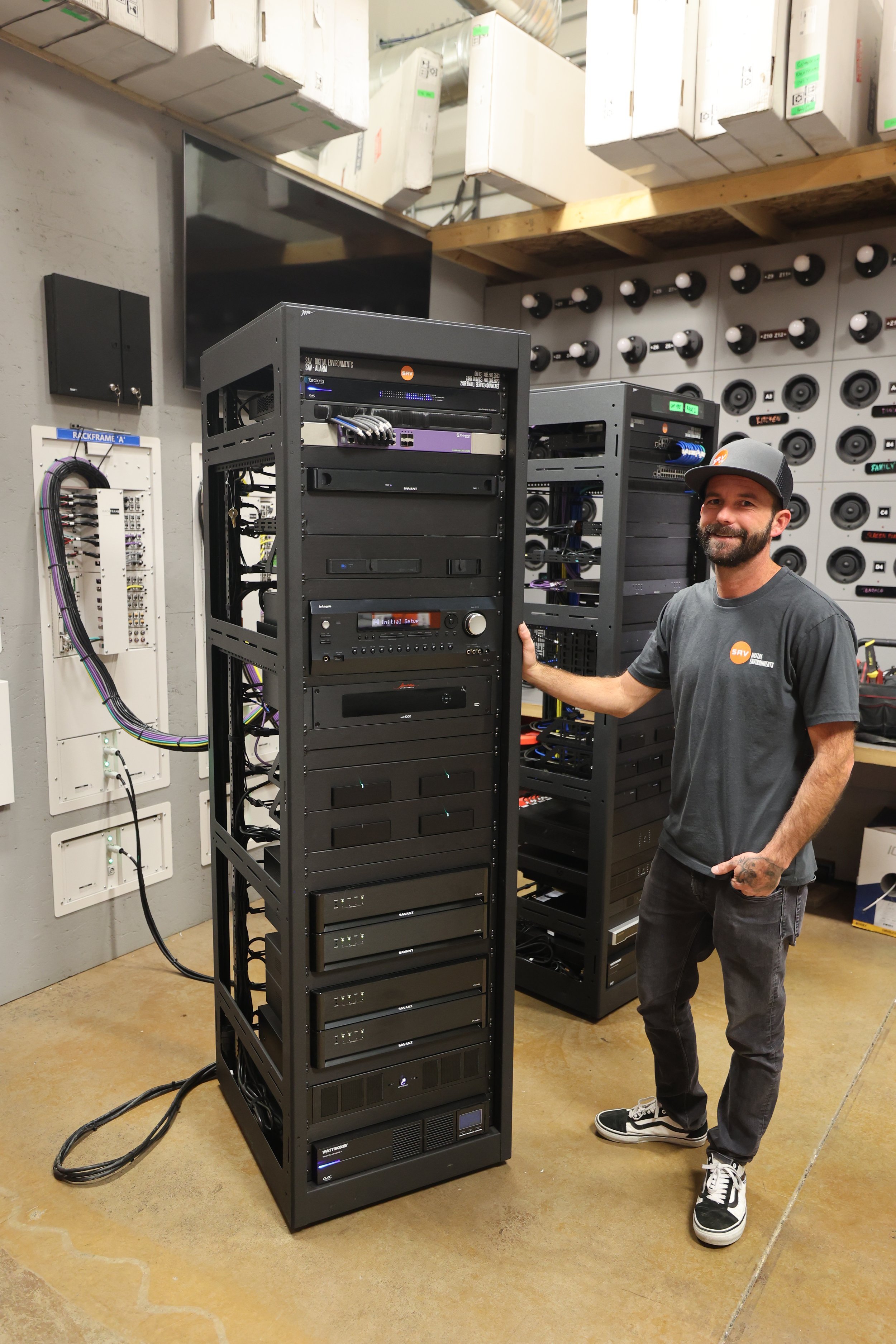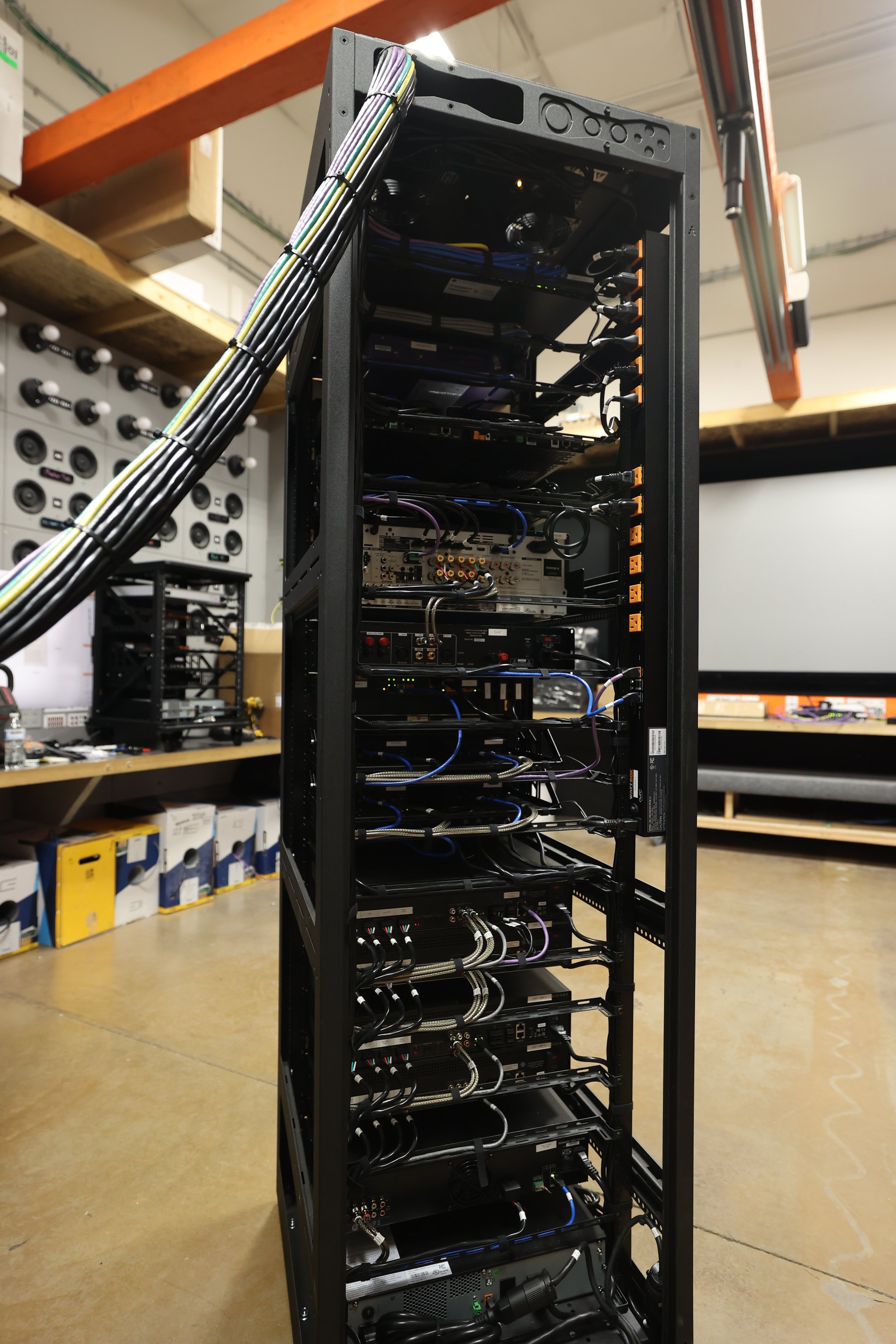Lutron Homeworks
Imagine this common mountain life scenario: you get home at the end of a long day, you’re bushed, and the stars are obscured by a cloudy sky that is absolutely dumping snow - it will be a glorious powder day tomorrow, but tonight you need to recharge. You touch the button that opens your garage door, and as it slides open and you roll in to park, the muted glow of your home’s interior smart lighting comes on as well. Your castle is gently illuminated from within, the blinds descend to ensure your private space is yours alone, the warm air envelops you, and you step from your car into the garage. You hear the melodies of your favorite music filtering in through the entryway from smart speakers - and as you step from the garage into the privacy of your home, you can feel the tension evaporating from your shoulders. It occurs to you that this is exactly how your home, your sanctuary, your life should be: just the way you want it, with simplicity at the tips of your fingers.
“The question is not whether you need this level of convenience and control. The question is why you would accept anything less.” – Lutron
How can you make your home do this?
From the above scenario, we need to coordinate the following: Lights (settings (how bright or dim, in this case), the touchpoints (keypad, garage door opener—the buttons on the touchpoint, labeled with custom names like “Relax” or “Energize”), the Garage door itself (and the remote that controls it), music on/off (streaming services that you use for music playback), etc. For a more complete list of components, see Lutron’s list of Homeworks components
Now for another scenario: Imagine dimming your lights to a certain brightness every evening when you arrive home, perhaps 60–75% of maximum brightness. Then, think about how many rooms you use frequently in the evening—living, dining, and bedroom, let's say—and how many ‘banks” (or clusters) of lights are in each room. Let’s guesstimate 3 banks per room, and 3 rooms. These light banks need to go to the 60% power level when you are on your way home from work. So you’ve got 9 total banks, and a light level they should be able to switch to when you want them to. Now add in lowering the blinds in all of your rooms, and turning on your music in different areas of your home. You could pay someone to walk through your house and adjust all of these, as people used to do with butlers and maids, or you could have a company like SAV install a system that does all of that at the touch of a button.
How do we get from dimmers to control systems?
You know the story of Joel Spira, creator of the modern dimmer switch - but let’s talk about his legacy. Why was he so set on creating a better control switch for lights? Because of that “control” aspect. Each iteration of the technology gave more control over what your home did. The modern home control system isn’t as complicated as you might believe, and it’s what made the above scenario possible. The idea itself is just to attach a series of tasks to a simple action, and make something besides the user execute those tasks. Like giving your kids a chore list, except you wouldn’t have to ask them twice to do it.
The Lutron Homeworks system makes that possible by connecting each piece of this equation, and keeping them synchronized and communicating. The QSX Processor, the central functional element here, essentially directs information (a button press) to the right place (the lights and music), much like our brain tells our body what to do when we see something that makes us happy or sad. There are other, smaller-scale solutions, but the Homeworks systems can support up to 10,000 devices, and is the most advanced Lutron system available. Lutron’s app requires a product called a Bridge, also made by Lutron, to “talk” between the cloud, the app and your home technology system. The app can integrate with some devices like Alexa and Google Home, but as of the time of editing, it does not support Matter or Thread protocols.






